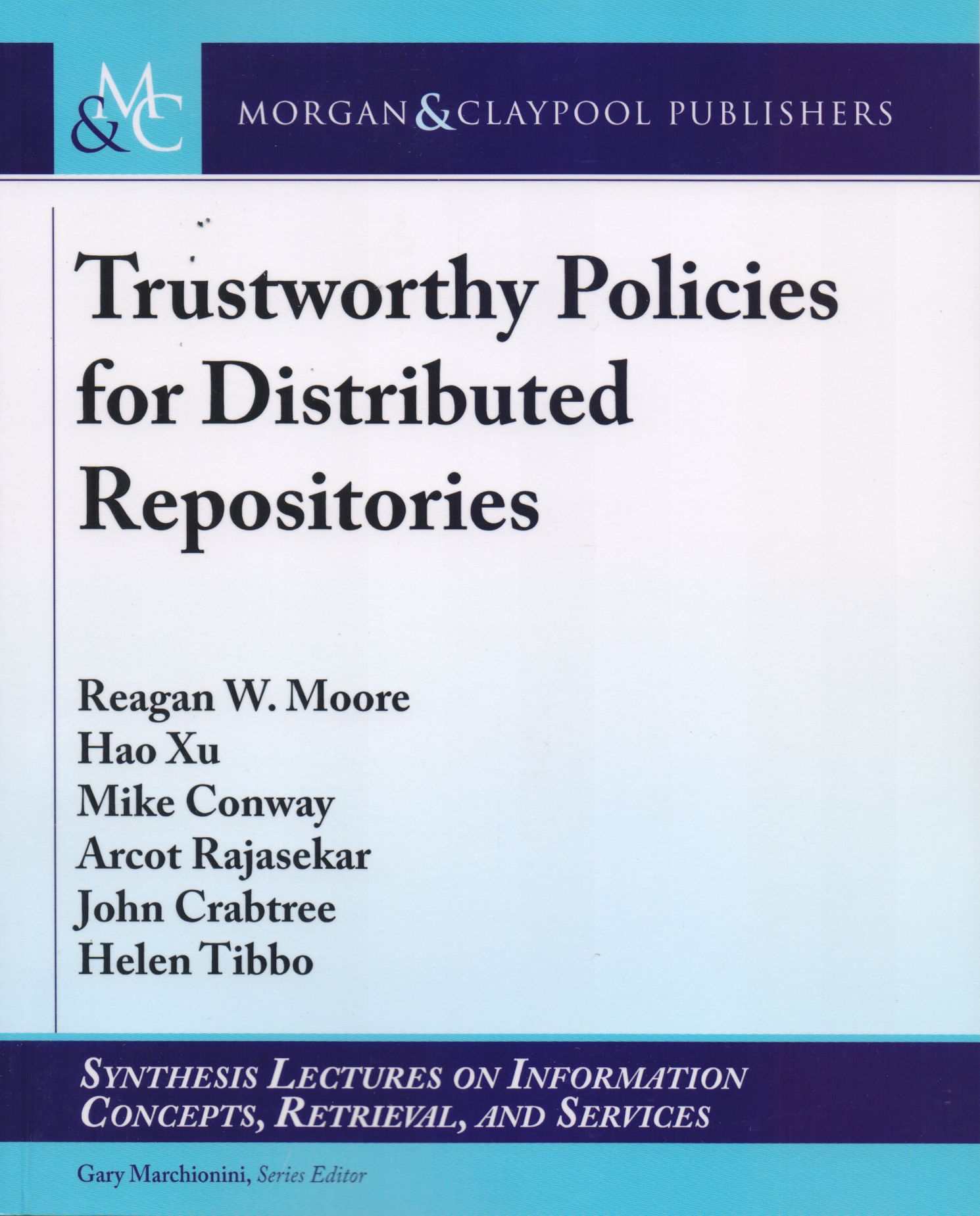Libros relacionados
 |
Engineering Principles In Everyday Life For Non-Engineers B. Niku, Saeed Morgan & Claypool Publishers |
 |
Scholarly Collaboration On The Academic Social Web He, Daqing / Jeng, Wei Morgan & Claypool Publishers |
 |
Database Anonymization: Privacy Models, Data Utility, And Microaggregation-Based Domingo-Ferrer, Josep / Sánchez, David / Soria-Comas, Jordi Morgan & Claypool Publishers |
 |
Learning From Multiple Social Networks Nie, Liqiang / Song, Xuemeng / Chua, Tat-Seng Morgan & Claypool Publishers |
 |
Trustworthy Policies For Distributed Repositories W. Moore, Reagan / Xu, Hao / Conway, Mike / Rajasekar, Arcot Morgan & Claypool Publishers |
 |
Notion Of Relevance In Information Science, The: Eveybody Knows What Relevance I Saracevic, Tefko Morgan & Claypool Publishers |
 |
Semantic Interaction For Visual Analytics: Inferring Analytical Reasoning For Mo Endert, Alex Morgan & Claypool Publishers |


|
Título: Dynamic Information Retrieval Modeling | |
| Autor: Hui Yang, Grace / Sloan, Marc / Wang, Jun | Precio: $1000.00 | |
| Editorial: Morgan & Claypool Publishers | Año: 2016 | |
| Tema: Informacion, Conceptos | Edición: 1ª | |
| Sinopsis | ISBN: 9781627055253 | |
| This is a comprehensive and current introduction to Dynamic Information Retrieval Modeling, the statistical modeling of information retrieval (IR) systems that can adapt to change. It covers techniques ranging from classical relevance feedback to the latest applications of partially observable Markov decision processes (POMDPs) and a handful of useful algorithms and tools for solving IR problems incorporating dynamics. Change is at the heart of modern IR systems. Dynamic Information Retrieval Modeling equips you with the tools and knowledge to understand and keep pace with these changes.
The theoretical component of the book is based on the Markov Decision Process, a mathematical framework from the artificial intelligence field that allows for the construction of models that change according to sequential inputs. The book defines the framework and algorithms commonly used, followed by an introduction to theories and algorithms used to incorporate dynamics into an IR model before presenting an array of state-of-the-art research that already does, such as in the areas of session search and online advertising |
||
Librería Bonilla SA de CV © Todos los derechos reservados. 2019
Última actualización: Jul 2019




